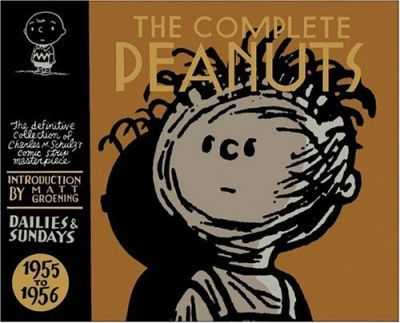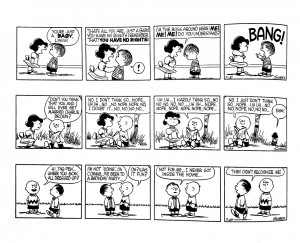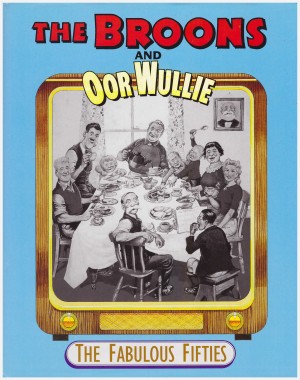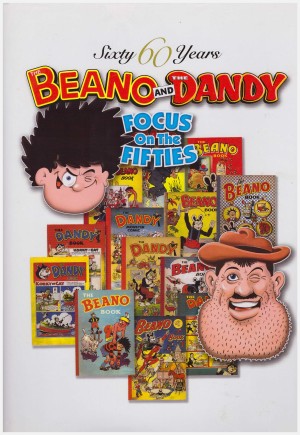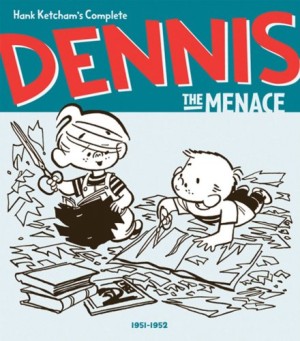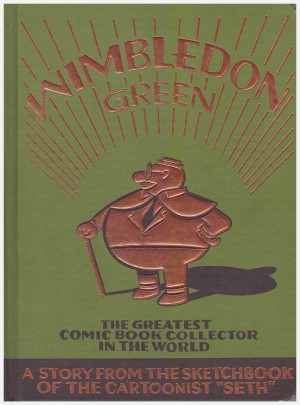Review by Woodrow Phoenix
The Complete Peanuts 1955-1956 is the third of 25 hardcover volumes collecting Charles M. Schulz’s classic series. Previous reprintings of Peanuts were very selective and left a lot of material out. This definitive collection brings every single daily and Sunday strip back into print for the first time, and over half of the strips in this volume have never been reprinted since they first appeared in newspapers sixty years ago.
The covers in this series each feature a different member of the Peanuts cast, and for this volume it’s Pigpen who gets the star treatment. He and his dust cloud were a recent addition to the strip, coming in at the end of 1954, and the mystical nature of his ability to accumulate dirt while just walking down an ordinary street or even standing still features in plenty of episodes here. “I think he’s probably cooled by several layers of clay,” says Charlie Brown. The core cast of Charlie Brown, Shermy, Patty, Violet, Schroeder, Lucy, Linus, Pigpen and Snoopy are now set to continue for the rest of the decade with a few guest appearances from characters like loud-talking Charlotte Braun. Charlie Brown progresses steadily downward from the brash jokester of the first couple of years into the perpetual loser we know today as his kite is destroyed by a tree for the first time, there’s a disastrous loss at baseball for him and his team, Valentine’s Day, Easter and Christmas are all humiliating experiences where cards, presents and popularity (or lack of it) are concerned. “What’s the sense in living?” He asks.
Snoopy, on the other hand, continues his rise to prominence. He isn’t quite the familiar bulb-shaped abstraction of a dog as we know him best yet, but his head begins to round. He imitates Violet, Patty, various animals including a famous cartoon mouse, develops his Snoopy Dance, hangs around by Schroeder’s piano, and upgrades the mysterious interior of his dog house. Schroeder’s piano also attracts Lucy, who begins her long unsuccessful crusade for Schroeder’s attention.
Schultz’s unique way of evoking complicated mixtures of emotion continues to grow; the philosophical problems of his characters manage to be sad, funny, bleak and surprisingly silly all at the same time.
This volume includes an introduction by Matt Groening, who produced a weekly strip called Life in Hell before he created The Simpsons and Futurama, and the usual short biography of Schulz at the end.
